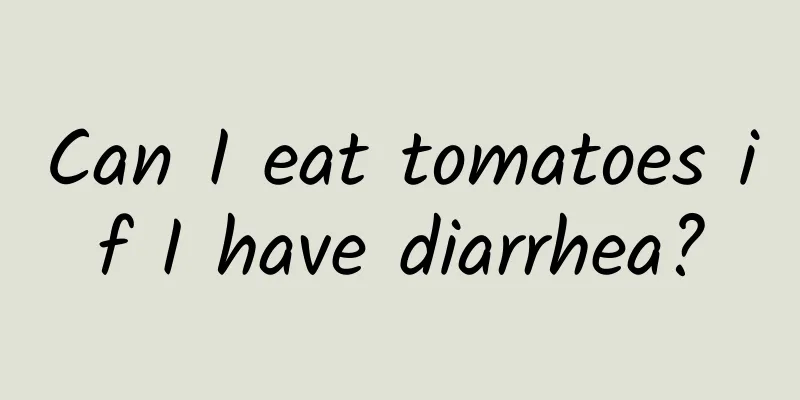Endoscopic nasobiliary drainage

|
Endoscopic nasobiliary drainage is a common method for treating liver and gallbladder diseases. It is also the most commonly used endoscopic biliary drainage technique. It is a relatively thin plastic tube that, under the guidance of an endoscope, enters the duodenum and the bile duct to establish a way for extracorporeal drainage of bile. This is a better way to solve bile duct obstruction. It is relatively simple to treat and safe to operate. Operation method 1. Instrument preparation: therapeutic duodenoscope (biopsy channel diameter is above 2.8mm), guide wire [0.89-0.97mm (0.035-0.038in), about 4m long], nasobiliary ducts of various specifications. All instruments used should be strictly sterilized. 2. Perform ERCP routinely to understand the nature and location of the lesion and determine the necessity of ENBD and its drainage site. 3. Insert a guide wire through the angiography catheter and superselect the bile duct that needs drainage. 4. Remove the catheter, leave a guide wire in place, and then gradually insert the guide wire into the nasobiliary duct to the drainage site. 5. Under fluoroscopy, insert the tube and withdraw the endoscope to lead the nasobiliary duct out of the mouth. 6. A catheter is inserted into the nose and removed from the mouth. The nasobiliary duct is guided out of the nostril with the help of this catheter and properly fixed. Indications 1. Acute suppurative obstructive cholangitis; 2. Prevent stone impaction and bile duct infection after ERCP or lithotripsy; 3. Biliary obstruction caused by primary or metastatic benign or malignant tumors; 4. Biliary obstruction caused by hepatobiliary stones; 5. Acute biliary pancreatitis;6. Traumatic or iatrogenic bile duct stenosis or bile fistula; 7. Clinically, it is necessary to repeat cholangiography or collect bile for biochemical and bacteriological examination; 8. Bile duct stones require drug perfusion for lithotripsy; sclerosing cholangitis requires drug perfusion for treatment; intracavitary chemotherapy for cholangiocarcinoma, etc. Contraindications 1. Acute pancreatitis or acute exacerbation of chronic pancreatitis. 2. Acute gastritis, acute biliary tract infection. 3. People who are allergic to iodine and cannot use certain anticholine drugs. 4. Cardiopulmonary insufficiency, frequent angina pectoris; esophageal or cardia stenosis, endoscope cannot pass through. 5. After common bile duct jejunostomy, the endoscope cannot be delivered to the anastomosis site. 6. Patients with severe esophageal varices and bleeding tendency. |
<<: Symptoms of patients with periodontal disease
>>: Causes of intrahepatic bile duct stones or calcifications
Recommend
Intravenous Fluid Care Guidelines
Once a person develops a serious illness, doctors...
What causes waking up at night?
Sleeping at night is a state of rest and rechargi...
What is the best medicine for tracheitis?
After tracheitis, you must use some anti-inflamma...
What are the benefits of steaming for the body
Han steaming is a physical therapy that originate...
Hydrotherapy kidney health
Nowadays, people's kidneys will have some pro...
What to do if a pregnant woman has hernia? There are ways to prevent and treat hernia during pregnancy
Due to changes in abdominal pressure and the stre...
Acute rheumatic fever
Rheumatic fever is a common acute and chronic inf...
How to lose weight if your spleen and stomach are not in good condition? Regulating the spleen and stomach is the key
In modern life, many people have irregular eating...
Cases of indirect transmission of rabies
Now is the season between spring and summer. The ...
Cupping for Herpes Zoster
In addition to actively preventing shingles, if t...
How to quickly eliminate blushing and burning
Many people's faces tend to get red and hot i...
Exogenous wind-heat cough
Coughs caused by exogenous wind-heat are usually ...
How does Traditional Chinese Medicine treat peripheral neuropathy?
In daily life, peripheral neuritis is a disease w...
Special Chinese medicine prescription for lowering creatinine
High creatinine is a symptom that many people are...
Pressing one acupoint can help you live longer
According to traditional Chinese medicine, Zusanl...









